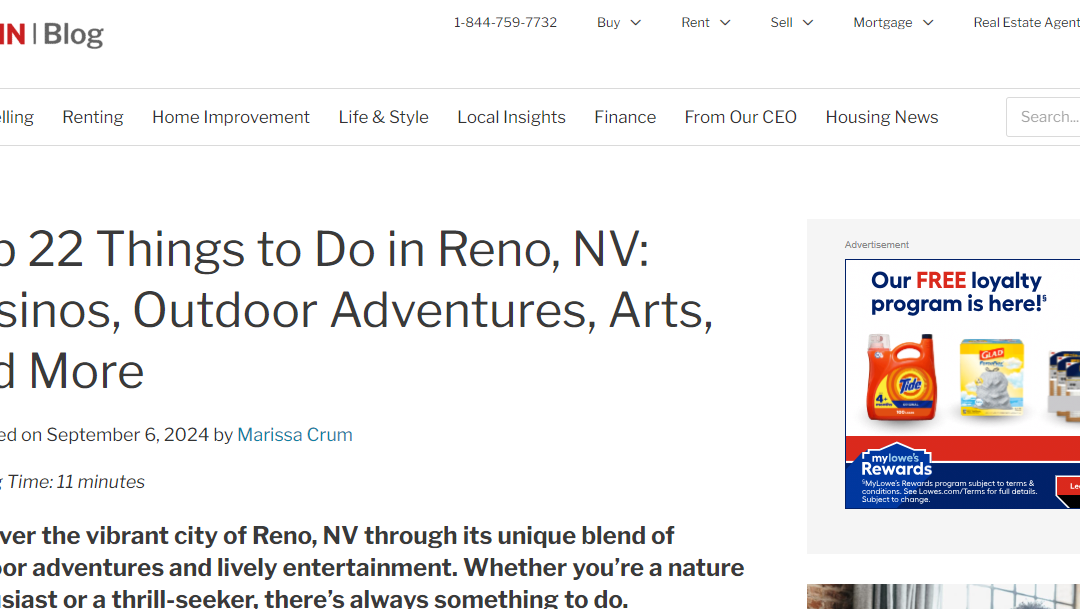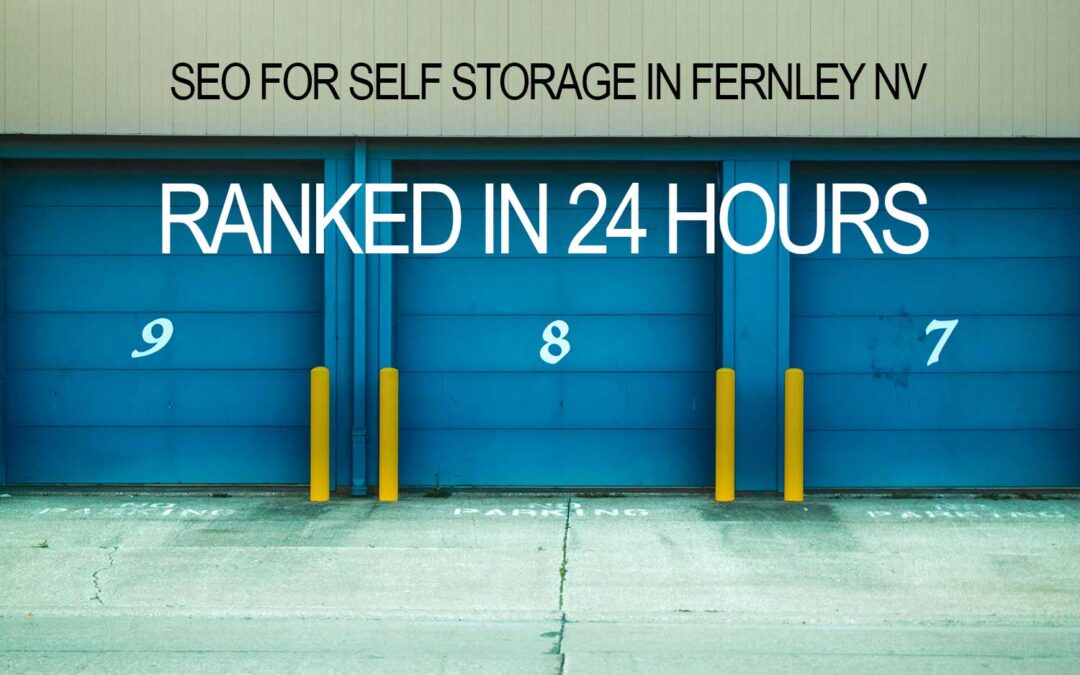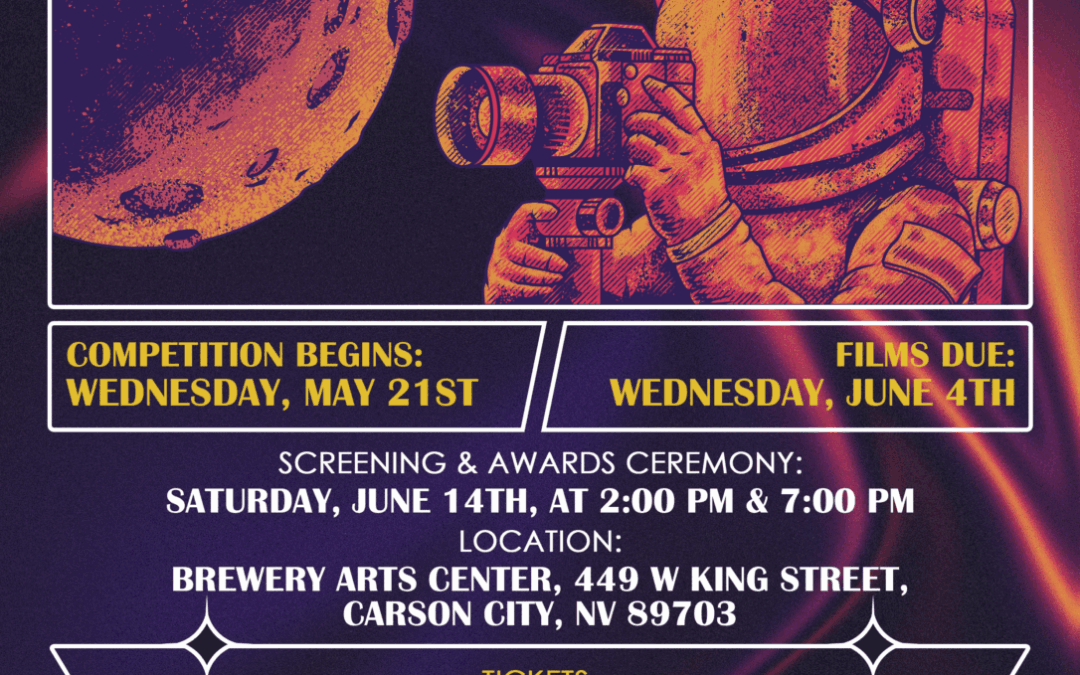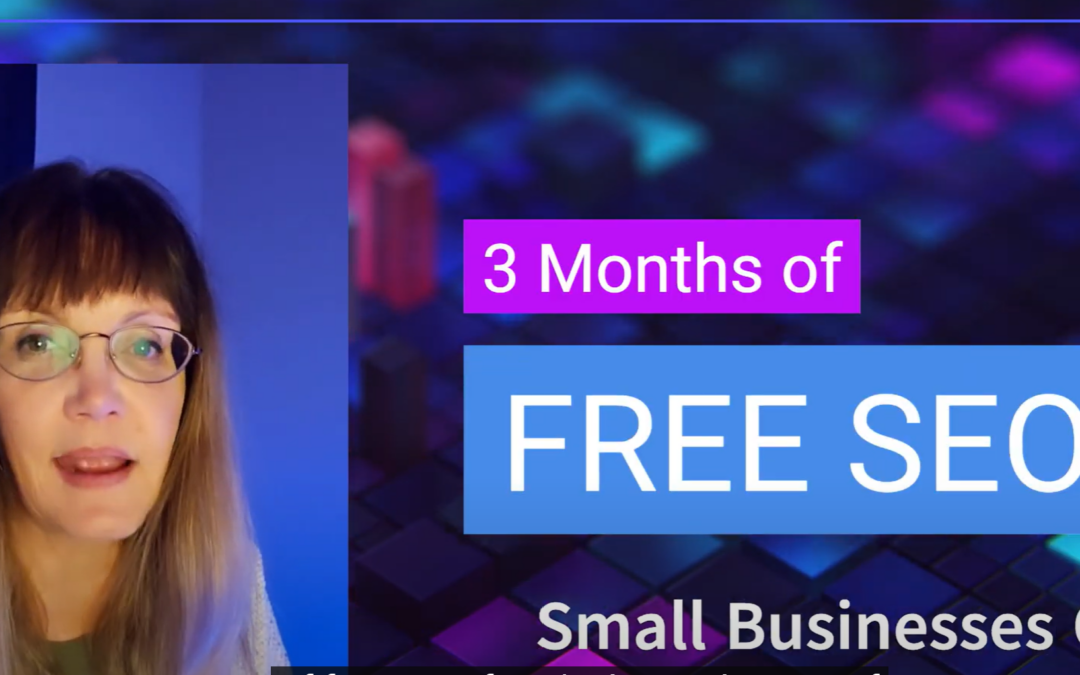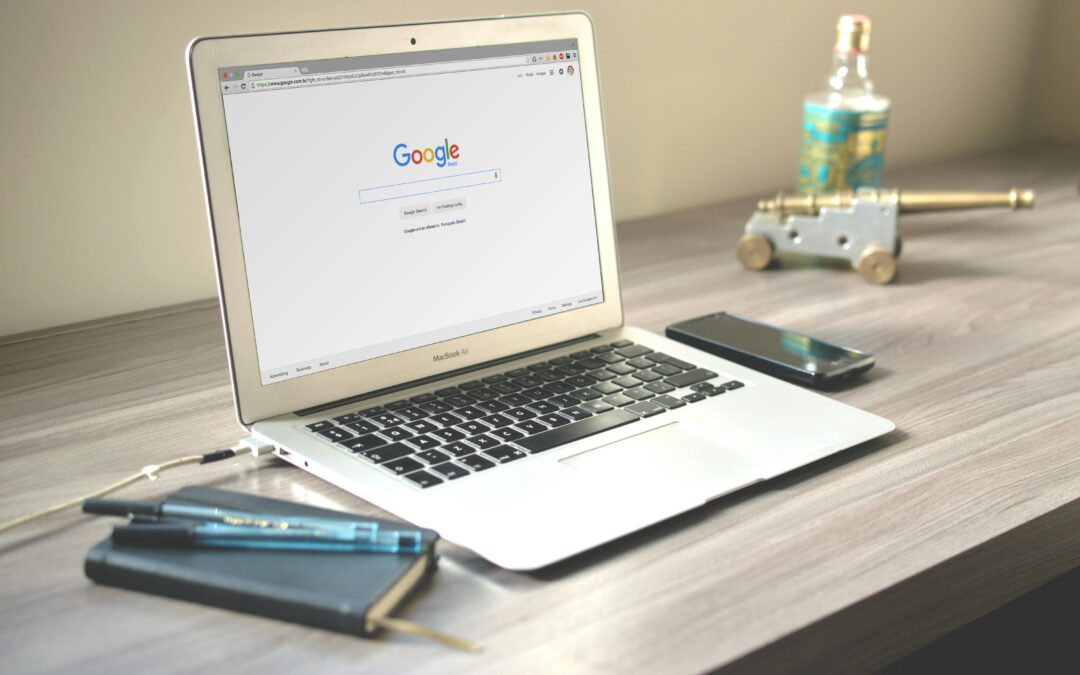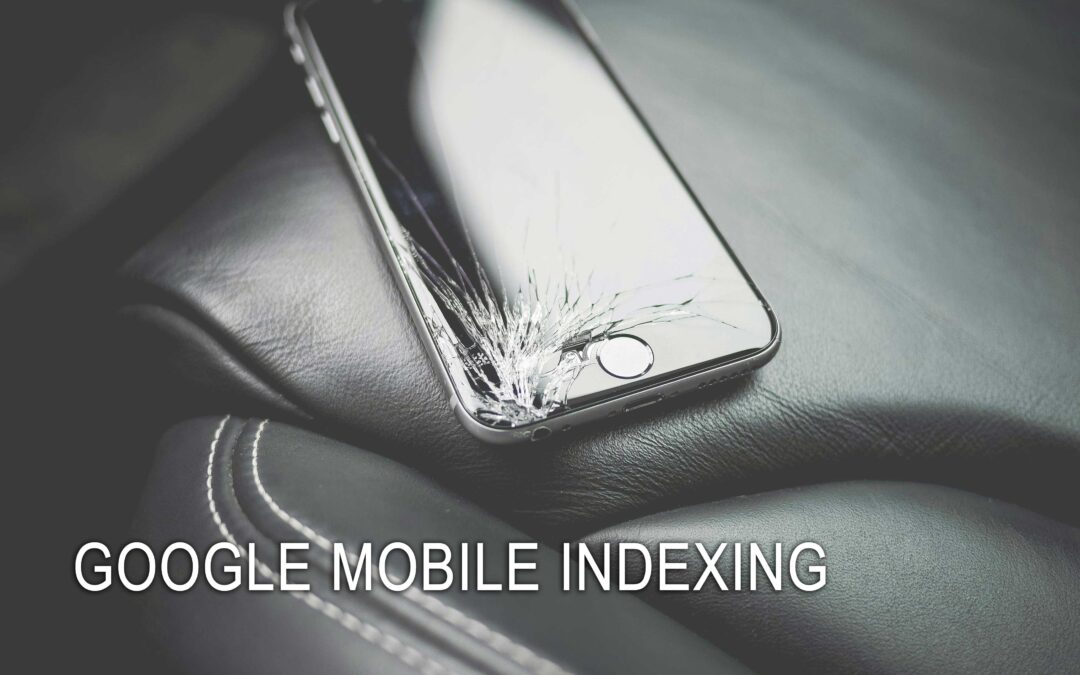
Feb 20, 2025 | Web Design
Spring Cleaning for Your Website: Why It’s Essential for Business Growth
As spring rolls around, many of us focus on decluttering our homes and freshening up our spaces—but have you considered doing the same for your business website? Just like a cluttered office can slow down productivity, an outdated or messy website can turn away potential customers and impact your online visibility.
Now is the perfect time to give your website a deep clean, ensuring it’s optimized, secure, and ready for a busy year ahead. Here’s why “spring cleaning” your website is crucial and how Sandy Rowley, a top website designer in Reno, NV, can help.
1. Improve Website Performance & Speed
Over time, websites accumulate unnecessary files, outdated plugins, and bloated code that can slow down loading times. A sluggish website can frustrate visitors and drive them away. Cleaning up unused files, optimizing images, and updating software can significantly boost performance, leading to a better user experience.
2. Enhance Security & Protection
A neglected website is vulnerable to cyber threats. Regular maintenance, including updating plugins, themes, and security certificates, helps prevent hacking attempts and malware infections. Sandy Rowley can audit your site for security vulnerabilities and implement updates to keep your business protected.
3. Boost SEO Rankings
Google favors websites that are regularly updated with fresh content and optimized for search engines. Reviewing your website’s SEO structure, updating meta tags, and ensuring mobile responsiveness can improve your rankings. A well-maintained site increases your chances of attracting organic traffic and converting visitors into customers.
4. Refresh Your Content & Branding
Your site must mirror the current trends in your market. Is your content stale? Are your pictures current? Is your contact information up to date? A content update guarantees that visitors get current, accurate, and interesting information about your company.
5. Optimize for Mobile Users
With more users browsing on mobile devices than ever before, a mobile-friendly design is essential. If your website isn’t optimized for different screen sizes, you’re likely losing potential customers. Sandy Rowley can ensure your website is responsive and functions seamlessly on all devices.
6. Fix Broken Links & Errors
A broken link or a missing page can frustrate visitors and harm your website’s credibility. Conducting a site audit to fix broken links, update redirects, and resolve 404 errors ensures a smooth browsing experience.
7. Prepare for a Busy Year Ahead
Spring cleaning your website now means fewer headaches later. A well-optimized, visually appealing, and functional website sets the stage for business growth and success.
Need a Website Tune-Up? Call Sandy Rowley in Reno, NV!
If your site is in need of an update, call on Sandy Rowley. A professional website designer and SEO consultant in Reno, NV, Sandy can speed up, secure, and optimize your website for an exceptional user experience so your business is ready to excel this year.
Don’t let your old website get in the way. Book a website review with Sandy Rowley today and get your business the digital spring cleaning it needs!
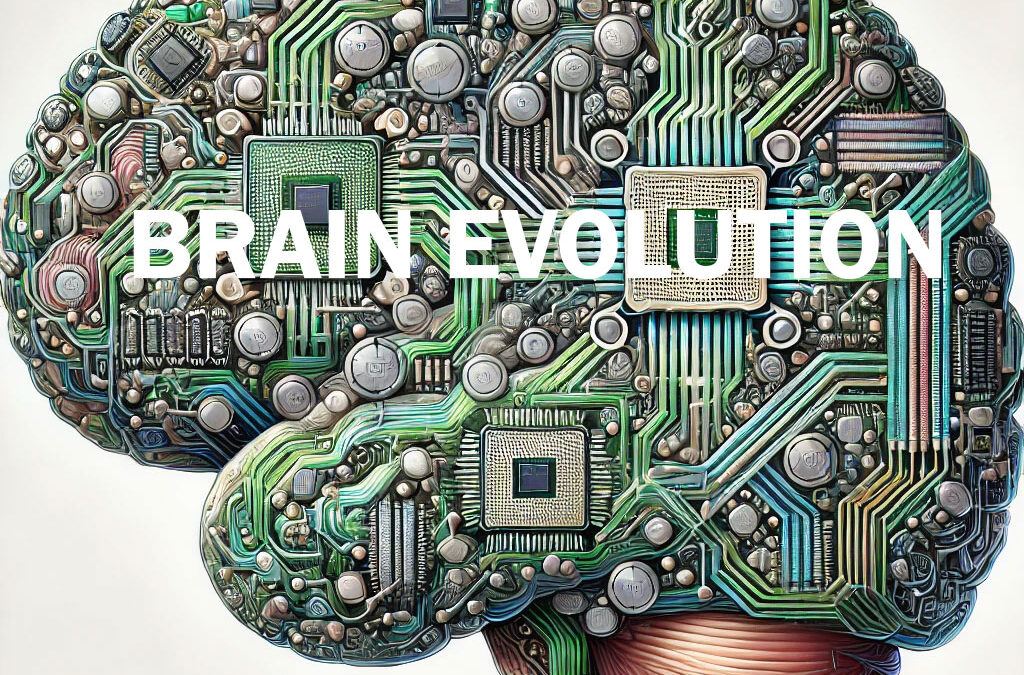
Nov 6, 2024 | Web Design
From Synapses to Search: How the Human Brain, Motherboards, and SEO Shape Our Second Brain in the Digital Age
In today’s world, we’re not just using technology — we’re integrating it into our daily lives in ways that impact our thinking, decision-making, and even memory. This phenomenon is sometimes referred to as the development of a “second brain,” where we rely on digital tools to store, process, and retrieve information. At the heart of this concept lies a fascinating comparison between the human brain’s intricate neural networks, the design of computer motherboards, and the influence of SEO-driven search engines. Together, these elements shape how we interact with information in the digital age, transforming not only what we know but how we think and make decisions.
The Human Brain and the Motherboard: Two Processing Giants
The human brain and a computer motherboard may appear to be vastly different in nature, but they share key functional similarities that make them powerful processing systems in their own right.
- Brain Structure: The human brain is composed of billions of neurons that communicate through synapses, forming an intricate network that allows us to process thoughts, store memories, and respond to stimuli. Each brain region has specialized functions, with the prefrontal cortex playing a vital role in decision-making, problem-solving, and higher-order thinking.
- Motherboard Design: A motherboard acts as the central hub for a computer’s operation, connecting various components like the CPU (Central Processing Unit), RAM (Random Access Memory), storage drives, and input/output devices. These components work together in a highly organized system that processes data, stores information, and executes commands.
Similarities Between Brain and Motherboard: Both systems rely on structured networks to facilitate data transmission and command execution. Just as the brain’s neurons communicate across synapses, a motherboard’s circuits connect different components, ensuring smooth data flow. By organizing these pathways, each system maximizes efficiency and functionality, serving as a powerful processor within its environment.
Data Transmission and Processing: Synapses and Circuits in Action
To understand the “second brain” concept, it’s essential to see how both the brain and motherboard transmit and process information.
- Synaptic Signaling in the Brain: Neurons send electrical and chemical signals across synapses, enabling fast communication between different parts of the brain. This network of signals allows the brain to process sensory input, encode memories, and generate responses.
- Circuit Pathways on a Motherboard: In a computer, data travels through circuits between components like the CPU and RAM. This electronic pathway mirrors synaptic signaling, transmitting instructions at incredible speed. The motherboard’s circuits serve as conduits for communication, ensuring that each component receives the information needed to function.
Implications for the Second Brain: By mirroring neural processes, motherboards and digital systems can now mimic brain functions to some extent, such as quick data retrieval and multitasking. This synergy between biological and technological pathways has paved the way for digital tools to act as an extension of our cognitive abilities.
Memory Storage and Retrieval: Brain vs. Computer Systems
Memory is a cornerstone of both human cognition and computer functionality. Both systems have mechanisms for storing and retrieving information, making them indispensable for managing large quantities of data.
- Working Memory vs. RAM
- Brain’s Working Memory: Temporary storage that enables us to hold and manipulate information briefly, like remembering a phone number long enough to dial it.
- Computer RAM: Similar to working memory, Random Access Memory (RAM) temporarily holds data that the CPU needs to access quickly, ensuring that active tasks run smoothly.
- Long-Term Memory vs. Hard Drives
- Long-Term Memory in the Brain: Allows us to store information for extended periods, creating lasting impressions of experiences, knowledge, and skills.
- Hard Drive Storage: A computer’s hard drive serves as long-term storage, retaining data even after the system shuts down, ensuring that important files and applications remain accessible.
Second Brain Implications: With digital tools acting as external memory banks, we increasingly rely on technology to remember and organize information. This phenomenon, known as “digital amnesia,” means we’re more likely to remember how to find information online rather than memorizing the information itself.
The Role of SEO and Search Engines in Shaping Our Second Brain
The rise of search engines and SEO has fundamentally altered how we access and prioritize information. Google and other search engines are integral to our second brain, influencing what we see, know, and value online.
- Attention and Prioritization
- Human Attention Mechanisms: Just as the brain filters out irrelevant information to focus on what’s important, SEO algorithms do the same by ranking content based on relevance and quality.
- SEO’s Influence: By optimizing content for specific keywords, SEO affects what information appears first in search results. This prioritization can shape our perception, as users often trust and engage more with highly ranked content.
- Memory and Repetition
- Priming and Familiarity: SEO leverages repetitive exposure to create familiarity with certain brands or topics. This repetition strengthens memory recall and association, making users more likely to recognize and remember optimized content.
- The Mere Exposure Effect: This psychological principle states that repeated exposure to a stimulus increases a person’s affinity for it. SEO capitalizes on this by frequently displaying popular or well-optimized results, creating a cycle of familiarity and trust in certain information.
- Decision-Making and Trust Bias
- Trust and Credibility: Higher-ranked pages in search results are often perceived as more credible, leading users to favor them without verifying their accuracy. This trust bias influences decision-making, as people become more inclined to engage with or purchase from top-ranking sites.
- SEO’s Impact on Consumer Behavior: SEO strategies are used to highlight specific products, services, and ideas. This guidance subtly shapes consumer choices, reinforcing associations and preferences with particular brands or content.
Through these mechanisms, SEO and search engines become part of our cognitive framework, structuring our second brain’s “algorithm” for prioritizing, trusting, and recalling digital information.
The Evolution of the Brain in the Digital Age: SEO and Cognitive Shifts
With the pervasive use of search engines and SEO, our cognitive processes are undergoing subtle shifts. Just as past technologies like writing and printing reshaped human cognition, today’s digital landscape is influencing how we think, remember, and learn.
- Shorter Attention Spans: With information available instantly, our brains adapt by processing data in shorter bursts. SEO enhances this trend by presenting content in concise, easily digestible formats, potentially contributing to shorter attention spans.
- Memory Offloading: Search engines enable us to offload memory tasks to the internet, a phenomenon known as “digital amnesia.” Instead of remembering facts, we focus on knowing where to find them, reshaping our memory systems in subtle ways.
- Knowledge Formation: SEO and search algorithms guide our knowledge formation by structuring our access to information. As we repeatedly engage with top-ranking content, our understanding and beliefs are subtly molded by what’s most visible, creating a cycle where the same information is reinforced and prioritized.
These cognitive shifts highlight the second brain’s influence on how we think, making search engines and SEO critical components of modern knowledge acquisition.
Looking Ahead: Bio-Digital Integration and the Future of the Second Brain
As technology advances, the relationship between the human brain and digital systems like search engines will deepen, with potential breakthroughs in brain-computer interfaces (BCIs) and artificial intelligence.
- Brain-Computer Interfaces (BCIs): BCIs seek to create direct connections between human cognition and digital systems, enabling seamless information exchange between the brain and computers. This integration would transform the second brain, allowing users to access digital information at will.
- AI and Predictive SEO: AI-powered SEO could predict user needs and deliver content tailored to individual preferences, creating a highly personalized digital second brain that adapts to cognitive patterns in real-time.
- Ethical Implications: While this integration offers unprecedented cognitive augmentation, it raises ethical questions around privacy, dependency, and manipulation. As we continue to integrate technology into our cognitive frameworks, striking a balance between convenience and autonomy will be crucial.
Conclusion
The analogy between the human brain and a motherboard reveals the foundations of our “second brain” in the digital age. By comparing the brain’s synaptic networks with the motherboard’s circuitry, we gain insight into how both systems process and transmit information. When combined with the influence of SEO and search engines, our second brain becomes a powerful tool for organizing, accessing, and prioritizing knowledge.
As technology continues to evolve, the concept of a second brain will expand, potentially blurring the line between biological and digital cognition. This transformation holds great promise for enhancing our intellectual capacities, but it also requires mindful navigation to preserve individual autonomy and critical thinking in a world increasingly shaped by digital algorithms.
In this emerging era of cognitive augmentation, understanding the parallels between synapses and circuits, and how SEO shapes our access to information, can help us make informed decisions about the future of our digital minds.
Exploring the Intersection of Human Cognition and Technology
This briefing doc analyzes three research papers by Sandy Rowley, a Technical SEO Expert, exploring the interplay between technology, specifically SEO and computer hardware, and the human brain. The papers delve into how these technological advancements impact human cognition, perception, and behavior.
Key Themes:
- Technology as a Cognitive Extension: Rowley posits that computers, particularly with AI integration, act as a “second brain” by augmenting human memory, facilitating information retrieval, and automating routine tasks. This allows individuals to offload cognitive burdens and focus on higher-level thinking. (“Computers as the ‘Second Brain'”)
- “By handling repetitive cognitive tasks, AI allows users to focus more on high-level thinking, reflecting how technology serves as a partner in managing memory and thought.” (“Computers as the ‘Second Brain'”)
- SEO’s Influence on Cognitive Processes: Rowley argues that SEO strategies significantly influence how users perceive and process information online. By prioritizing specific content, SEO shapes attention spans, impacts memory recall through repetition, and guides decision-making processes. (“The Influence of SEO Marketing on Human Cognition and Perception”)
- “SEO marketing techniques significantly influence human cognition by modifying attention spans, enhancing memory recall through repetitive exposure, and shaping decision-making processes.” (“The Influence of SEO Marketing on Human Cognition and Perception”)
- Analogous Functioning of Brains and Motherboards: Rowley draws parallels between the human brain and a computer motherboard, highlighting their shared principles in information processing, memory storage, and connectivity. This comparison provides a framework for understanding brain functions and exploring the potential for bio-computational integration. (“The Human Brain and the Motherboard”)
- “The human brain and a motherboard share core principles in information processing and connectivity, making the motherboard a useful model for understanding brain functions and potential advancements in computational neuroscience.” (“The Human Brain and the Motherboard”)
Important Ideas and Facts:
From “Computers as the ‘Second Brain'”:
- AI-powered personal assistants like Siri and Google Assistant mimic human associative memory by proactively suggesting reminders and managing schedules.
- AI enhances human creativity by assisting in brainstorming, concept development, and even co-creating artistic works.
From “The Influence of SEO Marketing on Human Cognition and Perception”:
- SEO leverages cognitive biases like confirmation bias and anchoring bias to influence user perceptions and decision-making.
- Repetitive exposure to SEO content strengthens memory pathways and fosters brand recall.
- Visual elements in SEO content enhance memory retention and brand recall due to the brain’s preference for visual processing.
From “The Human Brain and the Motherboard”:
- The brain and motherboard share structural similarities in their intricate networks for information transfer (neurons and synapses vs. circuits and pathways).
- Both systems exhibit efficient processing capabilities, though through different mechanisms (neural networks vs. binary code).
- Future brain-computer interfaces (BCIs) could revolutionize human cognition by allowing seamless information exchange between biological and digital realms.
Potential Concerns:
- Ethical considerations surrounding the manipulative potential of SEO and the privacy implications of personalized content.
- Risks of creating information echo chambers where users are only exposed to information that reinforces their existing beliefs.
- The need to balance technological dependence with the augmentation of human capabilities in the future of human-AI interaction.
Conclusion:
Rowley’s research emphasizes the increasingly intertwined relationship between human cognition and technological advancements. While these advancements offer significant potential for enhancing human capabilities, it is crucial to address ethical concerns and ensure that technology serves to empower, not manipulate, individuals. Future research should focus on understanding the long-term impact of these technologies on human cognition and developing strategies for responsible and ethical integration.





